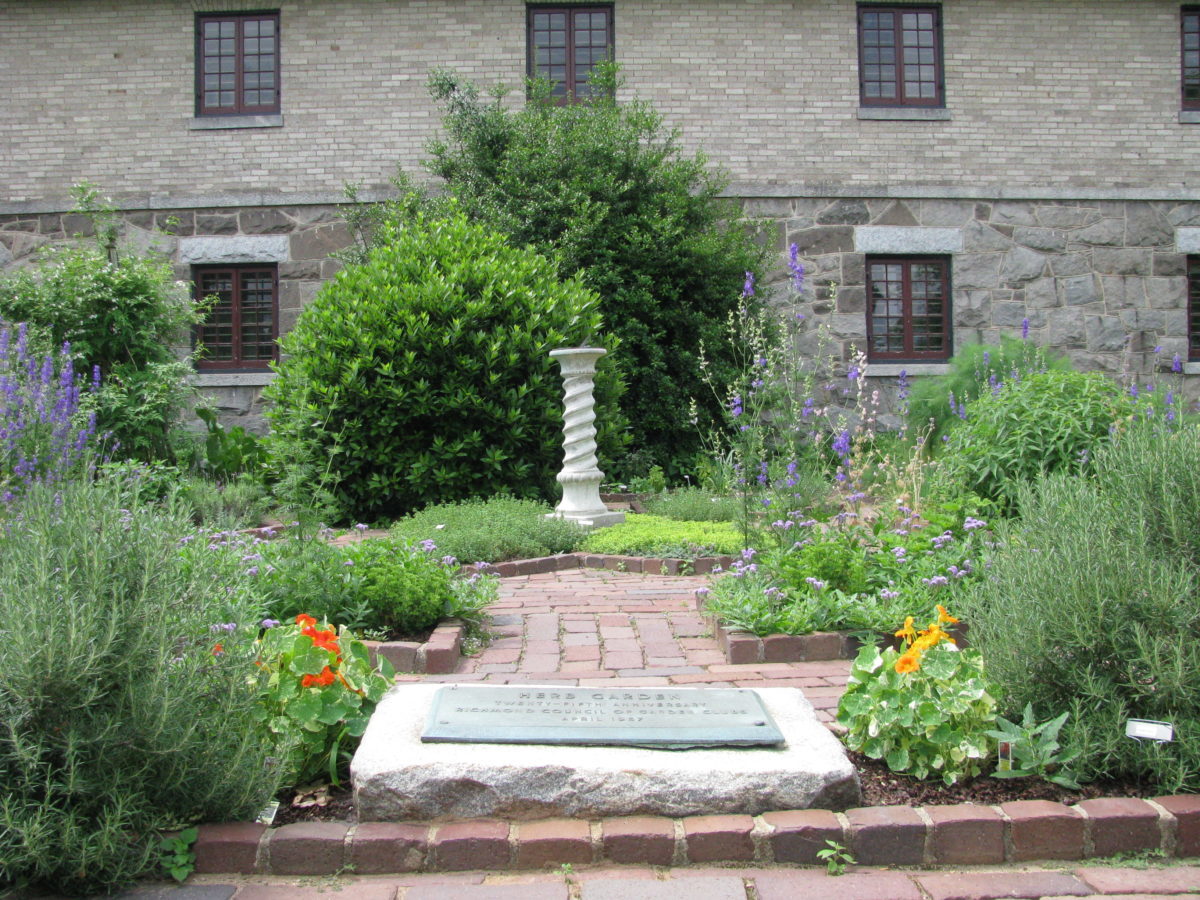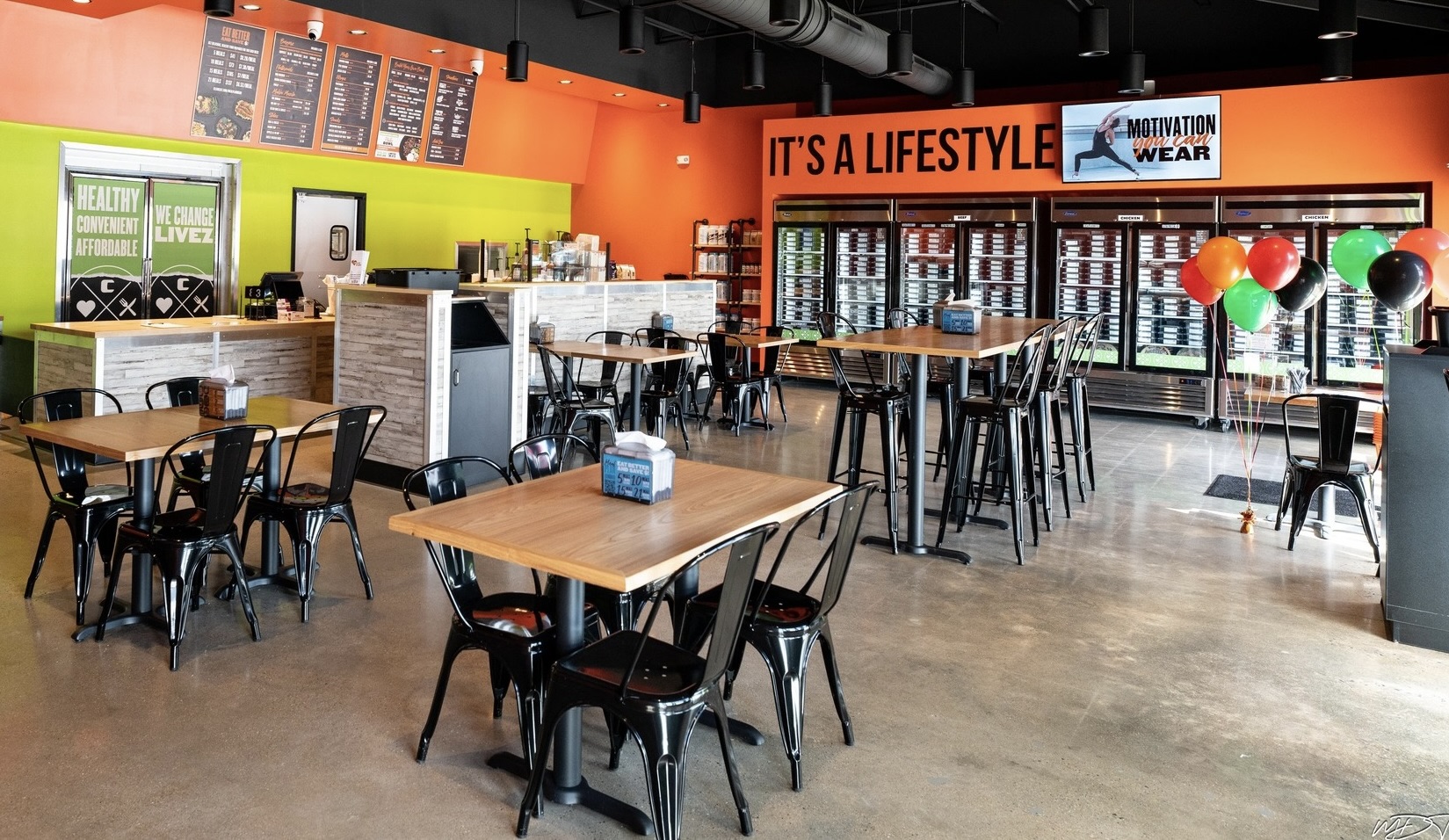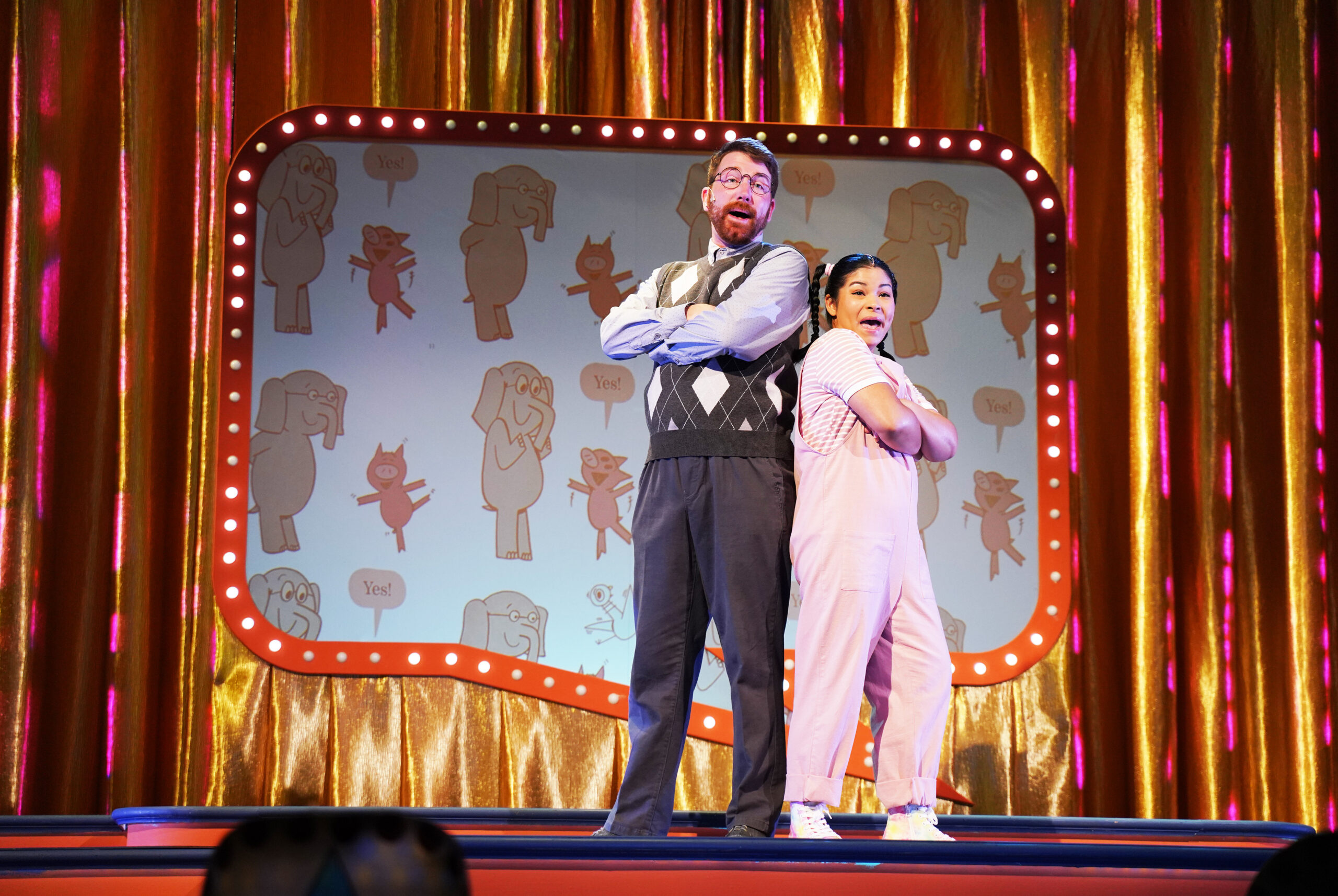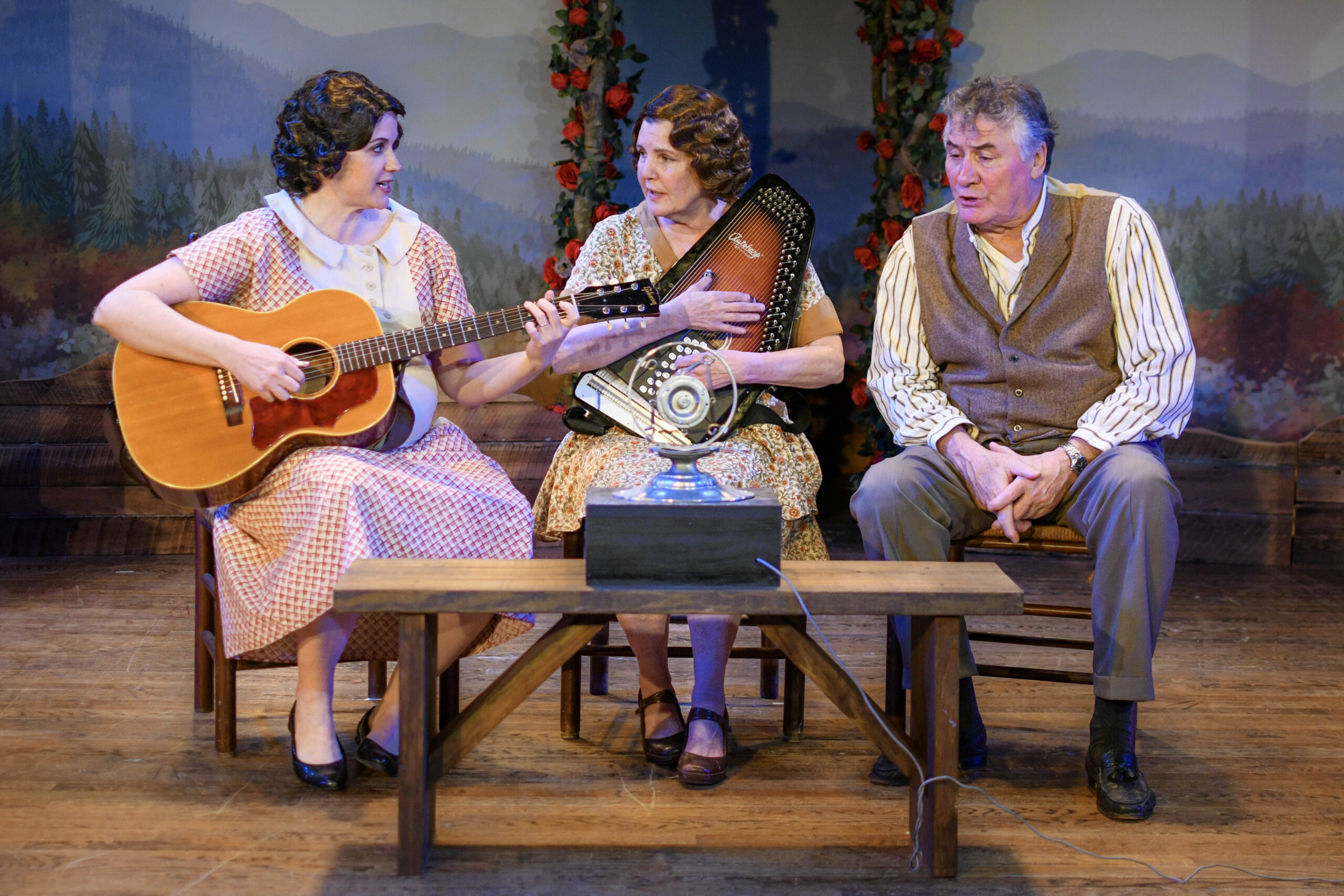For many gardeners, January is a perfect follow-up to the holidays when new gifts of seed and plant catalogs arrive in the mailbox almost daily. The crisp, colorful pages, filled with bouquets of flowers and mouth-watering fruits and vegetables, spark plans for the Best garden ever! with the turn of each page. In addition to the tried-and-true fruits and vegetables, the full-color images proclaim the new and unusual or continuous colorful blooms for the latest plant introductions. Trees and shrubs are touted as “growing the fastest” or “blooming longer and fuller.” Of course, all are a must-have for our landscapes. Wading through the delightful descriptions that entice even the most experienced gardeners can be overwhelming.
So where is a homeowner to go for solid information about plants?
Let me share that I am a member of the catalog faithful, I enjoy poring over the descriptions, and the colorful photos are a delight to behold in the depths of winter. That said, catalogs are printed to sell plants and lots of them. After all, they do have Many in stock, so order now! Years ago, I would have turned to my books, and many times I still do, to research each new plant I need. Still, more and more, I utilize the great sources that are just waiting for my fingertips to find on the Internet. I seek sites from universities that end in .edu, and I search for state or federal sites with .gov. I know the information on these domains is based on research, not just on a promotional tag line and a pretty picture. I also read through sites from botanic gardens and plant societies, and ending in .org, because the information posted is also from research and good old trial and error, stemming from the passion of many gardeners.
A favorite resource for information about native plants include the U.S. Fish and Wildlife Service, and the brochure on Native Plants for Wildlife Habitat and Conservation Landscaping Chesapeake Bay Watershed. This is a comprehensive listing of native plants charted by tree, shrub, vines perennials, grasses, and ferns. Growing conditions such as sun, shade, and moisture are available as well.
The Virginia Native Plant Society has a helpful resource that includes an interactive plant finder for each area of Virginia. Here you can specify growing conditions and whether you want to encourage pollinators. Or, use the plant finder to simply help define which tree to plant and where.
For the savvy gardener, The Center at Mt. Cuba in Wilmington, Delaware, has a fantastic tool to help any homeowner with plant choices for the landscape. Mt Cuba hosts a trial garden for perennial native plants and the results of these test trials are found here.
The Missouri Botanic Garden is another very good resource for garden-worthy perennial plant.
And the Anderson Horticulture Library, hosted by MBG, is a wealth of information about plants and where to purchase them.
Great information on choosing, planting and growing trees from the Virginia Department of Forestry can be found here. This site provides links to many different topics focused on trees and their care.
For information on growing summer flowers and vegetables, the results of trial gardens truly reveal how a plant performs. Here’s a good rule to follow: Insure the growing conditions at the trial garden site are equal to or more challenging than the local growing conditions. This applies to catalogs, too. For example, if a trial garden is in Maine and proclaims a plant is drought- and heat-tolerant, I give it little thought compared to results from a trial garden in North Carolina. Not coincidentally, the J.C. Raulston Arboretum in Raleigh, North Carolina, has an excellent site on annual bedding plants.
For the herb enthusiast, there is a plethora of information on growing, harvesting, and preserving herbs from Virginia Tech. In Richmond, consider joining the Old Dominion Herb Society to learn even more with fellow herb growers. The group meets monthly at Maymont to hone their herb growing skills while tending to Maymont’s Herb Garden.
After doing the research, the next question is where to purchase the plants. My first suggestion is to always start at your local garden center. The site for the Central Virginia Nursery and Landscape Association lists the local horticulture professionals who buy, sell, design, and install plants. If you need assistance with a design or some landscape consulting, visit the Virginia Society of Landscape Designers. With spring inventory orders being placed by nurserymen in mid-winter you can special order what you seek and have it delivered for early-spring planting. The professional certified horticulturist at the garden center can also make additional recommendations for your landscape based on their experience and expertise.
To survive dreary days and long nights of winter, enjoy browsing the catalogs, dream big, and create that best garden ever in your mind. Next, hop on the Internet and research that dream garden. Then head to your local garden center to make it a reality!







